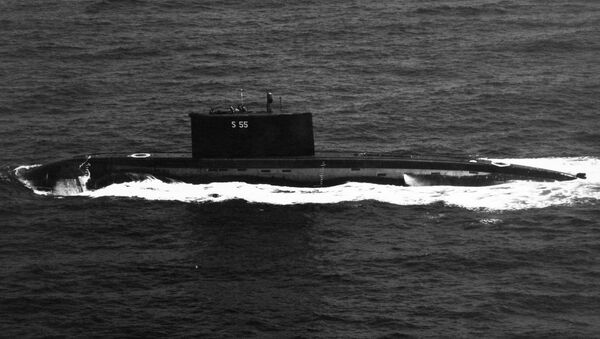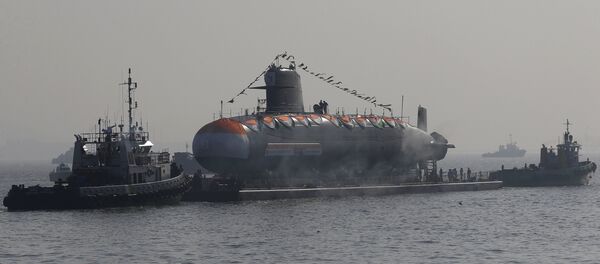In submarines, periscopes are used for safe navigation, collision avoidance, surveillance of targets, torpedo attack and periscope photography. India's Defense Ministry assured auditors that there was no adverse impact on the operational capability of the submarines but the CAG termed the claim ‘not tenable'.
Existing periscopes in eight submarines lack night vision/low light vision capability and had only rudimentary ergonomics and monocular vision, which seriously limited the overall effectiveness of the periscopes and put excessive strain on the personnel operating the periscope.
The Indian Navy had contracted with Kollmorgen of the US at $39.74 million in October 2011 to replace one periscope each on all Russian-origin Sindhughosh class submarines by December 2016. But problems started with the acquisition of Kollmorgen by L-3 Communication in 2012 wherein consent was required from the Indian Navy for transfer and assignment of the contract. The Indian government took more than two years for granting such approval to L-3 Communication with the amendment in the contract signed in 2011.
"Undue delay of 34 months in issuing of necessary approvals by the Ministry led to delay in installation of periscopes on board the submarines during their planned refits. Consequently, the Indian Navy was forced to exploit the Sindhughosh class of submarines with the existing periscopes with its limitations for at least 22 to 62 months till their next scheduled refits," CAG noted in its report.
"Limitations in these periscopes have an adverse impact on the safety and efficiency in the operations of submarines."
Apart from Sindhughosh (Kilo-class), the Indian Navy has four Shishumar (Type 209/1500)-class submarines and two P-75 submarines are expected to join Indian Navy this year.




